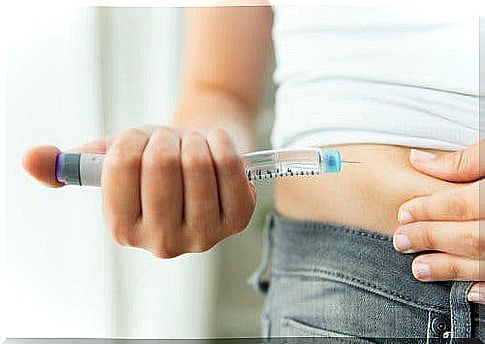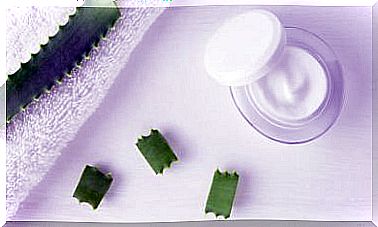Insulin Pens: Aids For Diabetes
Currently, the so-called insulin pens are among the fastest, easiest and most precise methods with which diabetics can inject insulin. We explain exactly how they work in this article.
So-called insulin pens are currently among the fastest, easiest and most precise methods with which diabetics can inject insulin. We explain exactly how they work in this article.
Insulin pens are a popular alternative to traditional syringes that many people with diabetes use. It is particularly advantageous that they enable precise injection of insulin and are easy to use.
What is insulin
Insulin is a hormone made by the pancreas and its function is to regulate blood sugar levels. However, in the case of diabetes, there is a lack of insulin or it is unusable. Diabetes itself can develop for two different reasons:
- The body does not make insulin (type 1 diabetes). Therefore, artificial insulin is fundamental to treatment.
- The body does not use the insulin it produces correctly (type 2 diabetes).
In order to understand how the hormone works in our organism, three of its properties can be highlighted in particular:
- Start time : This is the time it takes for the insulin to get into the blood and lower the blood sugar level.
- Maximum effect : at this point the hormone reaches its full effect in terms of reducing blood glucose.
- Duration of action : This includes the time during which the insulin lowers blood sugar levels.
Types of insulin
Insulin can be classified according to its duration of action and the time required for an effect to occur. There are the following types of insulin:
- Fast-acting insulin : already 15 minutes after the injection, an effect can be seen. At this point the hormone reaches its maximum effect, which lasts for 2–4 hours.
- Short-term insulin : This type of insulin enters the bloodstream 30 minutes after injection. The maximum effect is reached after 2–3 hours and lasts for 3–6 hours.
- Intermediate insulin : The intermediate insulin enters the blood after 2–4 hours, while the maximum effect is achieved after 4–12 hours. Overall, the effect lasts for 12-18 hours.
- Long-term insulin: Generally, insulin enters the bloodstream several hours after it is administered and keeps blood sugar levels at a low level for 24 hours.
Types of insulin pens

The insulin pens also differ. There are generally two different forms:
- Disposable pens : As the name suggests, these are only used once and thrown away as soon as the insulin is used up.
- Reusable pens : Such insulin pens are characterized by a replaceable cartridge for the insulin.
The amount of the hormone to be injected can be adjusted with the help of a regulator in order to adapt it to the individual needs of the patient. For safety reasons, the needles must be changed after each use.
Advantages and disadvantages of insulin pens
In terms of advantages, the effectiveness of the insulin pens should be mentioned. The injection is quick and easy because the required dose has already been prepared. In addition, the dosing system allows more precise administration of the hormone. The format of the pens is also worth mentioning: This enables uncomplicated transport and use.
However, there are also disadvantages that need to be taken into account. For example, you cannot mix different types of insulin with the insulin pens. Another disadvantage is that they must be cleaned and tested before each use. This way, insulin is wasted every time.
How do insulin pens work?
Both the reusable and the disposable pens contain a needle that is used to inject. In the case of the former, it must be replaced after each use.
application
Before injecting, hands should be washed and the regulator should be set with the necessary amount of insulin. The pen is then held with the needle pointing upwards and pressed until a drop comes out. The drop serves as proof that the pen is working properly.
The area of skin where the puncture is to be made is then cleaned and the regulator is adjusted according to the required dose. Afterwards, the skin is pressed together at the puncture site and the needle is inserted with a quick and targeted movement. Finally, the pen is operated with the thumb to deliver the insulin. The needle can then be thrown away.
Storage of insulin pens
When storing insulin pens, temperature and time play an important role. It is recommended to store them in the refrigerator between 4–8 ° C. Furthermore, they should not be exposed to light and high temperatures.
It should be noted that they should not be stored below 2 ° C, otherwise they will lose their effectiveness. However, the pens can be kept in the refrigerator until the date stated on the packaging.
Conclusion
In general, inulin pens are useful for diabetics in order to be able to inject the hormone in a controlled and unproblematic manner. If stored correctly, they can be used for up to 30 days after first use.









